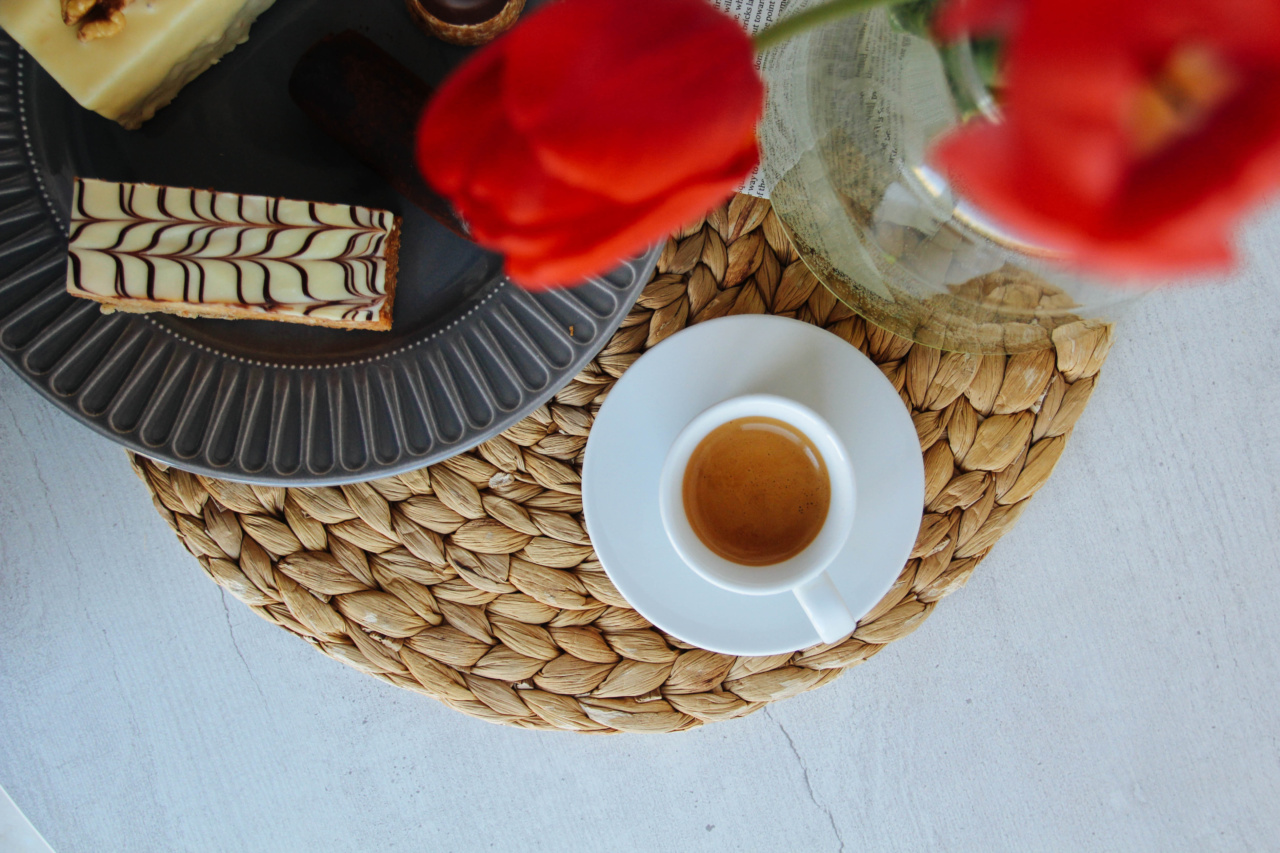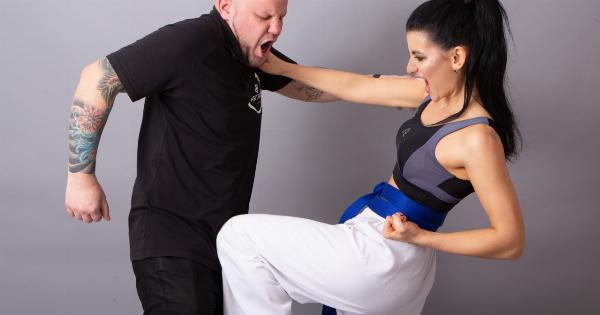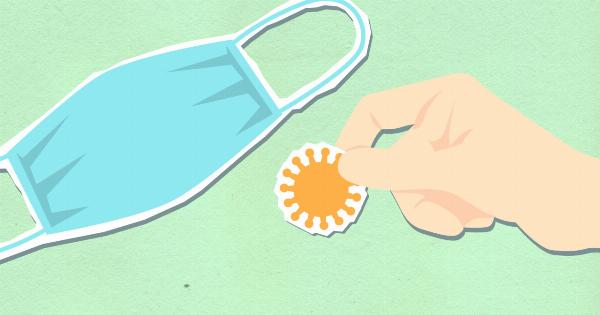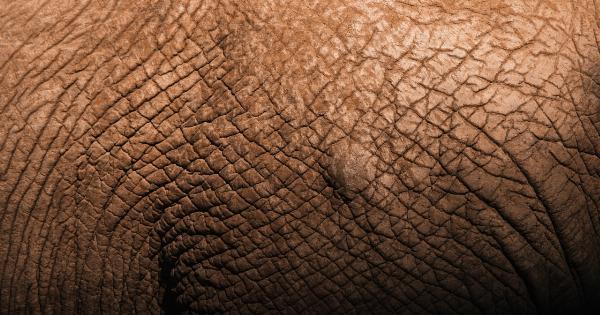Armpit irritation is a common issue that most people face at some point in their lives. It can be caused by a variety of reasons, including allergies, excessive sweating, infection, and skin friction.
The irritating symptoms can range from mild discomfort to severe itching, soreness, and even inflammation.
Causes of Armpit Irritation
There are several common causes of armpit irritation:.
Allergies
Some people may experience armpit irritation due to an allergic reaction to a deodorant, skincare product, or detergent. This can cause redness, itching, and even rashes.
Excessive Sweating
Excessive sweating can cause armpit irritation due to the moisture that accumulates in the underarms. This creates a breeding ground for bacteria and fungus that can lead to bad odors and skin infections.
Infections
Bacterial or fungal infections in the armpit can cause irritation, rashes, and bumps. They can enter the skin through cuts, scrapes, or insect bites. Ingrown hairs or clogged sweat glands can also lead to infections.
Skin Friction
Friction between the skin of the armpit and fabrics, especially rough or tight clothing, can cause irritation, rashes, and skin damage.
Symptoms of Armpit Irritation
The symptoms of armpit irritation may vary depending on the underlying cause. Some of the common symptoms are:.
Redness and Swelling
Armpit irritation can turn the skin of the underarms red and swollen, making it uncomfortable to move or raise your arms.
Itching and Burning
Irritation caused by allergies, infections, or excessive sweating can cause intense itching and burning sensations, making it hard to concentrate or sleep.
Rashes and Bumps
Bumps and rashes on the skin of the armpit can be caused by infections or skin friction.
Odor
Excessive sweating and bacterial or fungal infections can result in a bad odor emanating from the armpit area.
How to Treat Armpit Irritation
The treatment for armpit irritation depends on the cause and severity of the symptoms. Here are some common strategies for treating armpit irritation:.
Clean and Dry the Affected Area
Gently clean the affected area with a mild soap and warm water. Pat it dry with a soft clean towel. Avoid using rough cloths and scrubbing the skin too hard, as that can worsen the irritation.
Use Antiperspirant and Deodorant
Antiperspirants can help reduce excessive sweating, which can cause skin irritation. Deodorants can help mask the bad odor caused by bacteria.
However, avoid using antiperspirants or deodorants that contain alcohol, fragrances, or harsh chemicals that can irritate the skin.
Apply Anti-itch and Anti-inflammatory Creams
If the armpit irritation is due to allergies or mild skin inflammation, you can apply over-the-counter anti-itch and anti-inflammatory creams to reduce the symptoms.
Use Antibiotics or Antifungal Medicines
If the irritation is caused by a bacterial or fungal infection, your doctor may prescribe antibiotics or antifungal medicines to treat the infection.
Avoid Tight or Rough Clothing
Avoid wearing tight or rough clothing that can cause friction against the skin of the armpit. Opt for loose, comfortable, and breathable fabrics. You can also wear cotton undershirts to absorb sweat.
Prevention of Armpit Irritation
Here are some tips to prevent armpit irritation:.
Keep the Area Clean and Dry
Wash and dry your armpits regularly, especially after workouts or sweating excessively. Use a clean towel to pat dry the area, and avoid sharing towels with others to prevent the spread of infections. Put on clean and dry clothes daily.
Avoid Allergens and Irritants
Avoid using deodorants, perfumes, or skincare products that contain fragrances, alcohol, or harsh chemicals that can irritate the skin.
Choose products labeled “hypoallergenic” or “sensitive skin.” Be careful with new products and test them on a small patch of skin before applying them to a larger area.
Shave Properly
If you shave your underarms, use a clean and sharp razor, and apply shaving cream or gel to reduce skin irritation. Shave in the direction of hair growth and avoid shaving too close or too often.
Consider using other hair removal methods like waxing or trimming.
Wear Breathable Clothing
Choose clothing made of breathable fabrics like cotton, linen, or bamboo that allow air circulation and absorb moisture. Avoid tight or synthetic fabrics that can trap sweat and cause friction.
Conclusion
Armpit irritation can be uncomfortable and embarrassing, but it’s a common issue that can be treated and prevented with proper care and hygiene.
The key is to understand the cause and symptoms of armpit irritation and choose the best treatment and prevention strategies for you.






























